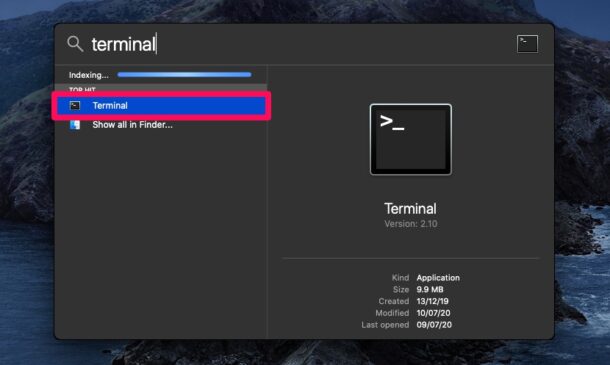Are you facing internet issue in macos Big Sur and tried many solution to fix it? Some browsers and devices store website location data in your system for quicker access to the DNS Cache. DNS Cache needs to be flushed to remove stored website location details. Here are some of the common ways to flush your DNS cache.
- Here are the steps flush DNS cache mac – From the top navigation bar on your MAC machine click Utilities under Go Open the Terminal (which is the Command Prompt equivalent of Windows OS) Execute the following command to clear the DNS Cache from your machine.
- Things can also go awry when you upgrade your Mac with new hardware, add memory, install a new graphics card, or change startup volumes. All of these activities can write new data to the parameter RAM. Writing data to the parameter RAM isn't an issue in itself, but it can be a source of problems when you change multiple items on your Mac.
DNS, or a Domain Name System, is primarily what resolves website names into their respective IP addresses. So, if you are encountering an issue on your Mac where the name server is not resolving properly, or if you want a DNS change to be noticed by your system, you might have to reset and flush the DNS cache in macOS Catalina. This can also come in handy if you have made edits to your /etc/hosts file, and you want the changes to register without having to reboot your Mac. So,if you want to reset and flush the DNS cache on your Mac os Big Sur, follow the below steps to know how to do it.

Mac OS X 10.6: Snow Leopard and older versions To flush DNS on MacOS X Lion, follow these steps. Open Terminal (Application › Utilities › Terminal or click Go Utilities Terminal). Type sudo lookupd -flushcache and press Enter to run the command. For the different version of macOS operating system use the following command to clear and flush DNS cache. MacOS Sierra, OS X El Capitan, Mac OS X Yosemite, Mac OS X Mavericks, Mac OS X Mountain Lion, Mac OS X Mountain Lion, and Mac OS X Lion. If you are running Mac OS X 10.11, you need to follow the below steps: Open up the command terminal. The commands to flush cache in OS X are slightly different depending on the version you're running. First, make sure you've opened up your terminal on your computer. SSH client software; Once opened, run the command below that corresponds to your version of OS X. OS X 12 (Sierra) and later.
Flush It Mac Os X
Reset and Flush/Clear DNS Cache in macOS Big Sur
The process to reset and flush or clear DNS cache in macOS Big Sur is actually very easy. All it requires is for you to enter one command in the Terminal, and you're done. Well, technically, it's two commands in one line. If you want to flush DNS cache on a Mac, simply follow the steps below:
Ascent (jeanrouch) mac os. 1. Launch Terminal, and type below command first. Vrjackets mac os.
2. Then it will ask to enter a password. Enter your Mac login password and hit Enter.
3. If everything goes right then you have successfully reset, and flushed the DNS cache on macOS Big Sur. If you were encountering any issues with name servers, and such, they should now get resolved. You can try and do a 'dig', or an 'nslookup' on a website you want, to see if your DNS issues have resolved.
Reset and Flush DNS Cache DNS Issues [Fixed]
You can reset and clear DNS cache in macOS Big Sur to fix most DNS issues that you might be facing. The method mentioned in the article works for Mac OS Big Sur 15, and even on macOS Big Sur. If you face any issues with the commands I mentioned, feel free to let me know in the comments section down below.
